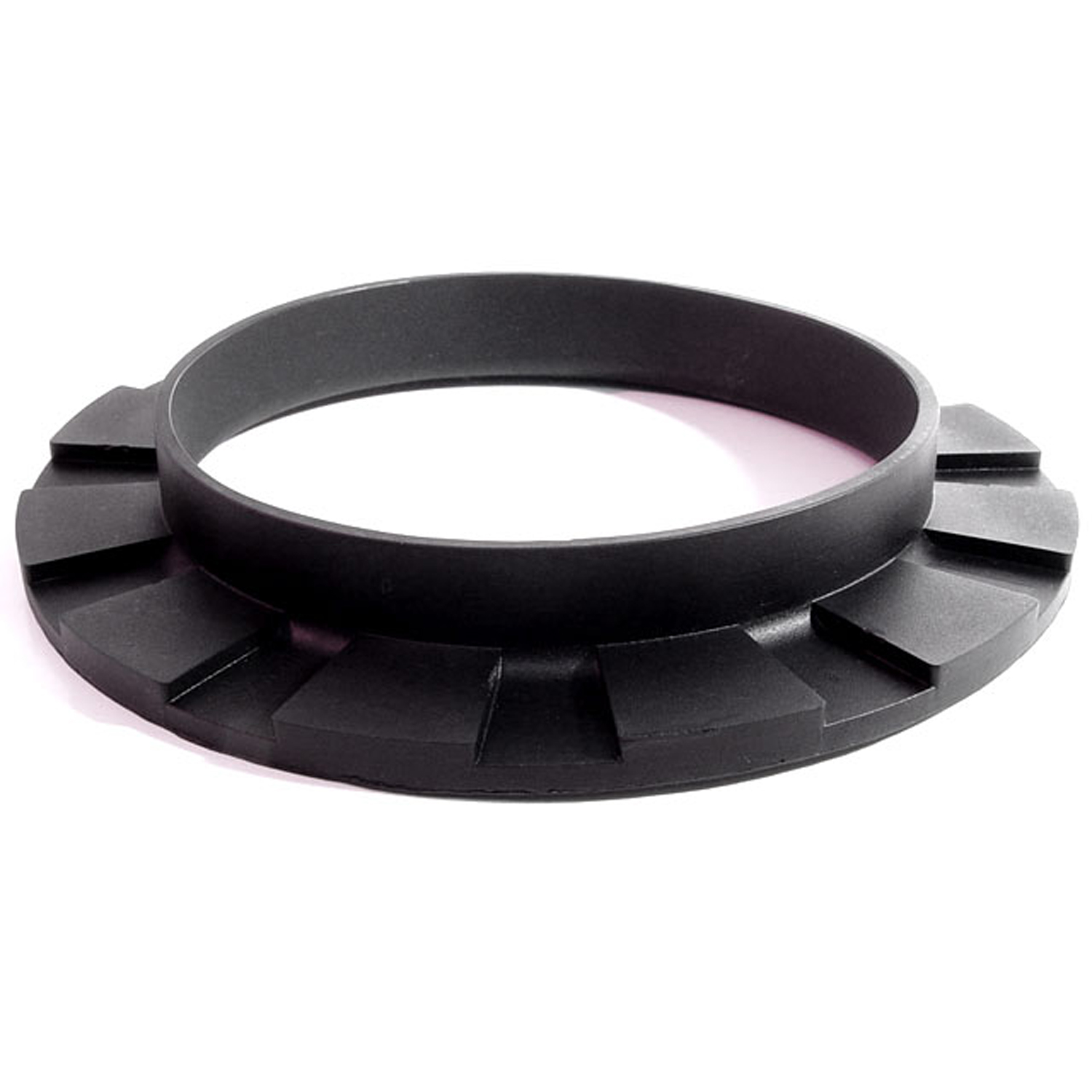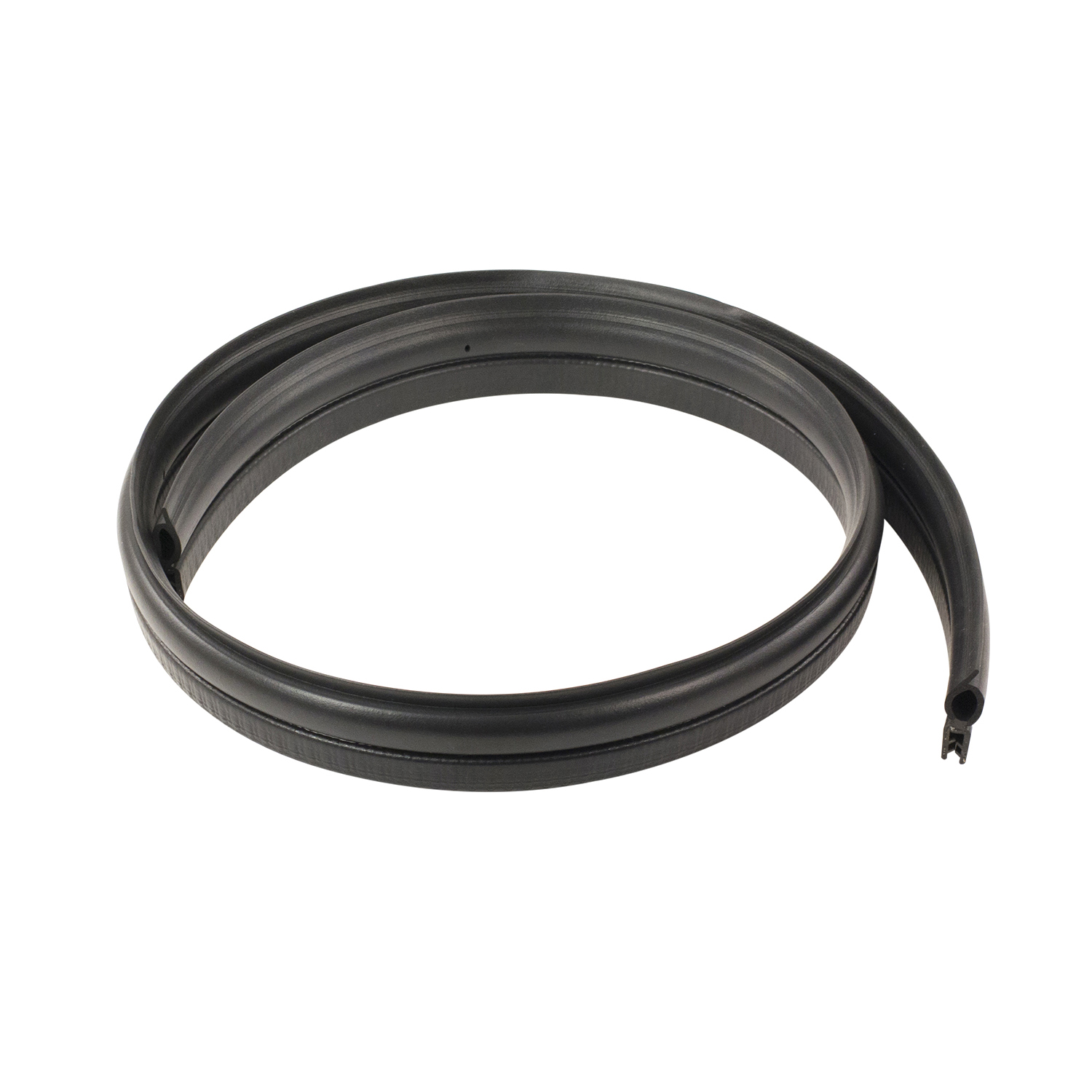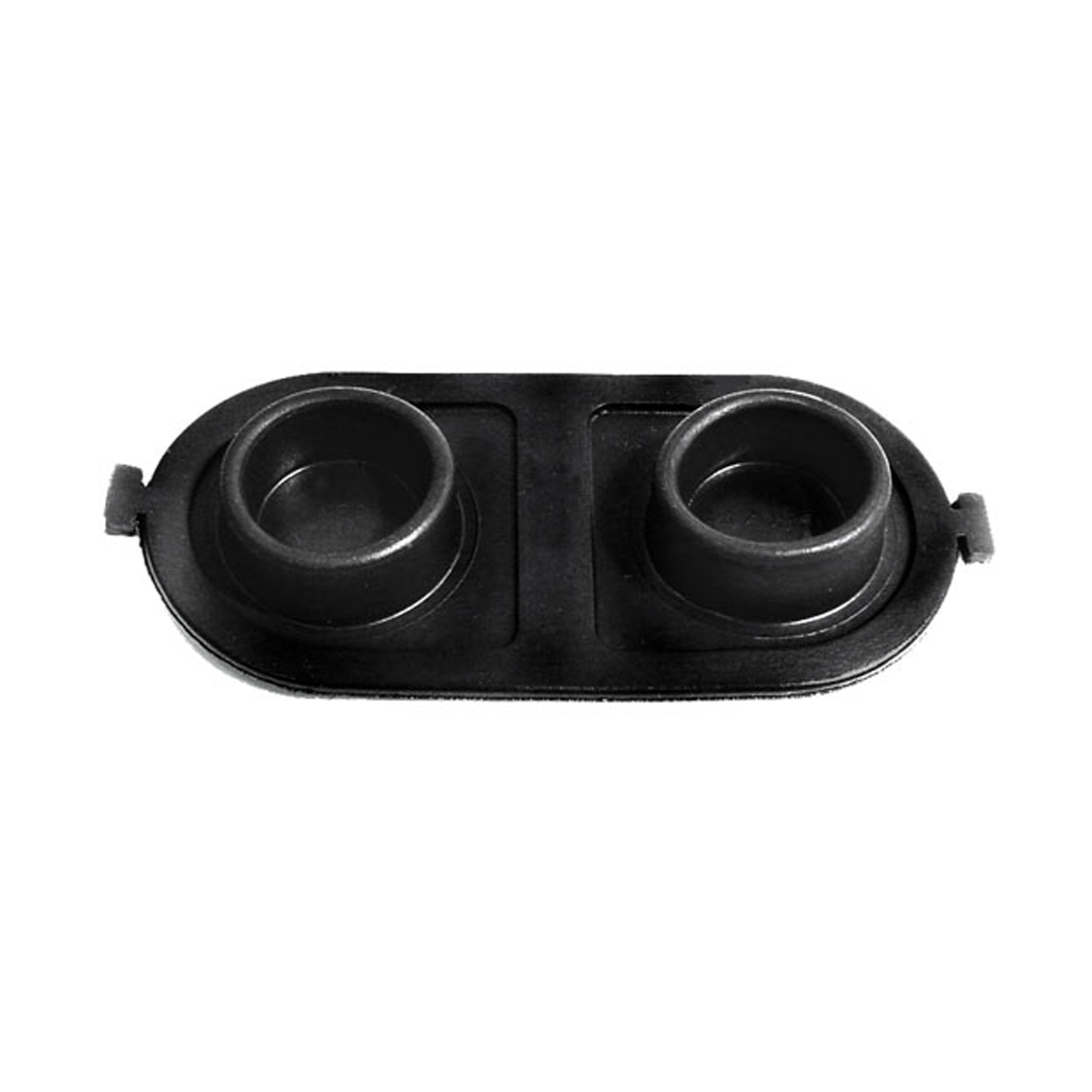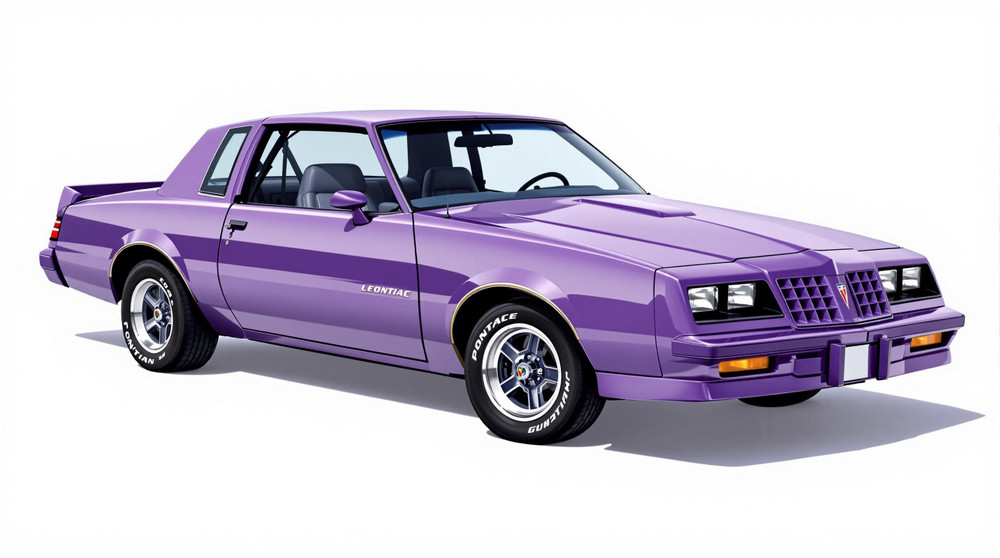Image of 1982 Pontiac Grand Lemans, Note: These illustrations use artistic license and may differ from actual historical models.
Performance Metrics
Fundamental Metrics
Emotional Appeal
MMP Rating
| Engine Specifications | |
|---|---|
| Engine Options: | 3.8L V6, 4.3L V8 |
| Displacement Range: | 231-262 cu in. |
| Horsepower Range: | 110-120 hp (estimated) |
| Torque: | 190-210 lb-ft (estimated) |
| Compression Ratio: | 8.0:1 (estimated) |
| Ignition System: | Electronic |
| Cooling System: | Liquid-cooled |
| Performance Specifications | |
| 0-60 Time: | 11-13 seconds (estimated) |
| 1/4 Mile Time: | 18-20 seconds (estimated) |
| Top Speed: | 105-110 mph (estimated) |
| Transmission and Drive | |
| Drive Type: | RWD |
| Transmission Type: | 3-speed automatic, 4-speed manual |
| Fuel and Efficiency | |
| Fuel System Type: | Carburetor |
| MPG: | 15-20 mpg (estimated) |
| Dimensions and Brakes | |
| Brakes: | Front disc, rear drum |
| Wheelbase: | 108.1 inches |
| Weight: | 3200-3400 lbs (estimated) |
Note: Specifications for classic cars are given to the best of our ability, considering the limited and variant data available.
Introduction
The 1982 Pontiac Grand LeMans heralds from an era where American automotive design was undergoing a significant transition. Born from the stables of General Motors, this vehicle encapsulates the essence of a company striving to redefine its identity amidst changing market demands. The Grand LeMans was Pontiac's answer to consumers seeking a blend of comfort, style, and efficiency during a period marked by economic challenges and shifting preferences. A notable moment in its history is the Grand LeMans' role in bridging the gap between the classic muscle cars of the '60s and '70s and the more pragmatic vehicles that followed.
Design and Innovation
The exterior styling of the 1982 Pontiac Grand LeMans was a testament to the era's aesthetic, featuring a more aerodynamic profile than its predecessors. With its elongated hood and distinctive grille, it projected a sense of subdued power. Inside, passengers were greeted with a cabin that prioritized comfort, utilizing plush seating materials and offering ample legroom. Technologically, it boasted features such as optional cruise control and power windows—luxuries for the time. Color options ranged from understated tones to bolder hues, with choices like Cameo White and Dark Maroon Metallic catching buyers' eyes. The sedan body style proved most popular, though coupe variants held their own in terms of appeal.
Historical Significance
The 1982 Pontiac Grand LeMans stood out for its attempt to balance performance with fuel efficiency—a response to the oil crises that had left an indelible mark on the automotive industry. It was one of the early adopters of downsizing without compromising too much on space or power, setting a precedent for future designs across various manufacturers.
Performance and Handling
Under the hood, the Grand LeMans offered adequate performance for its class. While not a speed demon by any stretch, it delivered respectable acceleration with a 0-60 mph time that could be measured in leisurely double-digit seconds. Handling was tuned more towards comfort than sportiness; however, it managed everyday driving conditions with poise. Drivers often noted the smooth ride quality and the V8's distinctive rumble as part of the car's charm.
Ownership Experience
The 1982 Grand LeMans found its niche as a reliable daily driver but also enjoyed status as a show car among enthusiasts. Maintenance was relatively straightforward, making it an accessible classic for owners who prefer DIY repairs. Its reliability was consistent with vehicles of its time—sturdy but requiring regular attention to keep it running smoothly.
Fun Facts
While not known for breaking records, the Grand LeMans did have its share of limelight with appearances in film and television, adding to its cultural footprint. Criticisms often centered around its modest performance capabilities compared to earlier muscle cars bearing the LeMans name.
Collector's Information
In today's market, a well-preserved 1982 Pontiac Grand LeMans can fetch varying prices depending on condition and originality. With production numbers not exceedingly high, finding one in pristine condition can be challenging. As for appreciation value, these models have seen a modest uptick in interest from collectors seeking less mainstream classics, potentially leading to higher values over time.
Conclusion
The 1982 Pontiac Grand LeMans stands as a symbol of transition within American automotive history—a vehicle that straddled two distinct eras of design philosophy and consumer expectation. Its legacy is one of adaptation and resilience, traits that continue to endear it to classic car enthusiasts around the world.
1982 Pontiac Grand Lemans Catalog of Parts
 1982 Pontiac Grand LeMans Front coil-spring insulator-BN 110Front coil-spring insulator. Fits '41-'60 Oldsmobile and '50-'83 GM passenger models. 5-3/8 in. OD x 3-3/4 in. ID x 3/4 in. high with 13/16 in. wide bottom flange 1/4" thick, 12 flutes. Each.
1982 Pontiac Grand LeMans Front coil-spring insulator-BN 110Front coil-spring insulator. Fits '41-'60 Oldsmobile and '50-'83 GM passenger models. 5-3/8 in. OD x 3-3/4 in. ID x 3/4 in. high with 13/16 in. wide bottom flange 1/4" thick, 12 flutes. Each. 1982 Pontiac Grand LeMans Hood and cowl seal-CS 13-GHood and cowl seal. Fits '78-'88 GM A-body, A-Special (A-SPEC) and G-body 2-door hardtop coupes with rear wheel drive (RWD). Dual-durometer extrusion with flexible metal core. Easy to install; fits over pinchweld. Replaces OEM# 20255857 and 25505704. Made in the USA. Each.
1982 Pontiac Grand LeMans Hood and cowl seal-CS 13-GHood and cowl seal. Fits '78-'88 GM A-body, A-Special (A-SPEC) and G-body 2-door hardtop coupes with rear wheel drive (RWD). Dual-durometer extrusion with flexible metal core. Easy to install; fits over pinchweld. Replaces OEM# 20255857 and 25505704. Made in the USA. Each. 1982 Pontiac Grand LeMans Trunk Liner. Loose weave, jet black. 50" wide-M 30Trunk Liner. Loose weave, jet black. 50" wide. Sold by the foot
1982 Pontiac Grand LeMans Trunk Liner. Loose weave, jet black. 50" wide-M 30Trunk Liner. Loose weave, jet black. 50" wide. Sold by the foot 1982 Pontiac Grand LeMans Brake Master Cylinder Cover Seal. Replaces OEM #5470861-RP 2-EBrake Master Cylinder Cover Seal. Replaces OEM #5470861. 5" X 2-1/2". Each
1982 Pontiac Grand LeMans Brake Master Cylinder Cover Seal. Replaces OEM #5470861-RP 2-EBrake Master Cylinder Cover Seal. Replaces OEM #5470861. 5" X 2-1/2". Each 1982 Pontiac Grand LeMans Rear Windshield Reveal Molding Clip. Made of steel-WF 211Rear Windshield Reveal Molding Clip. Made of steel. 15/16" X 3/4". Each
1982 Pontiac Grand LeMans Rear Windshield Reveal Molding Clip. Made of steel-WF 211Rear Windshield Reveal Molding Clip. Made of steel. 15/16" X 3/4". Each 1982 Pontiac Grand LeMans Lower Side Window Reveal Molding Clip. Made of nylon-WF 214Lower Side Window Reveal Molding Clip. Made of nylon. 1-1/4" x 3/4". Each
1982 Pontiac Grand LeMans Lower Side Window Reveal Molding Clip. Made of nylon-WF 214Lower Side Window Reveal Molding Clip. Made of nylon. 1-1/4" x 3/4". EachWhy Choose Metro?
For over 100 years, Metro Moulded Parts has been the pinnacle of quality in classic car restoration parts. Our commitment to precision and authenticity in every component ensures a perfect fit and an OEM-level appearance.
- Expert Craftsmanship & Quality: Each part is a testament to our dedication to reliability and perfection, crafted from original designs and thoroughly tested.
- Advanced Technology: We use cutting-edge techniques to create flawless, long-lasting parts that surpass others in performance.
- SuperSoft Sponge – The Ultimate Door Seal: Not only are our door seals 30% softer than competitors', but they're also guaranteed to never leak. They effectively reduce wind and road noise, enhancing your classic car's comfort and driving experience.
- Proudly American: Our parts are a product of American craftsmanship, made in the USA with a spirit of excellence and heritage.
- Unrivaled Warranty: We back our products with a 30-year industry-leading warranty, a testament to our confidence in their quality.
Join us in preserving the legacy of classic cars with parts that are crafted for perfection, not just made.

